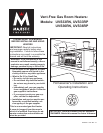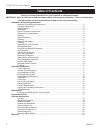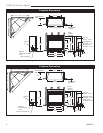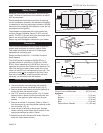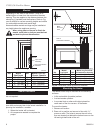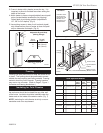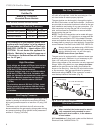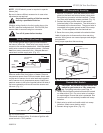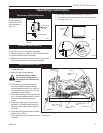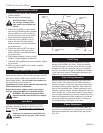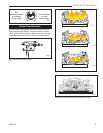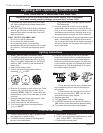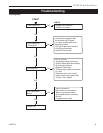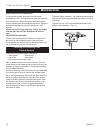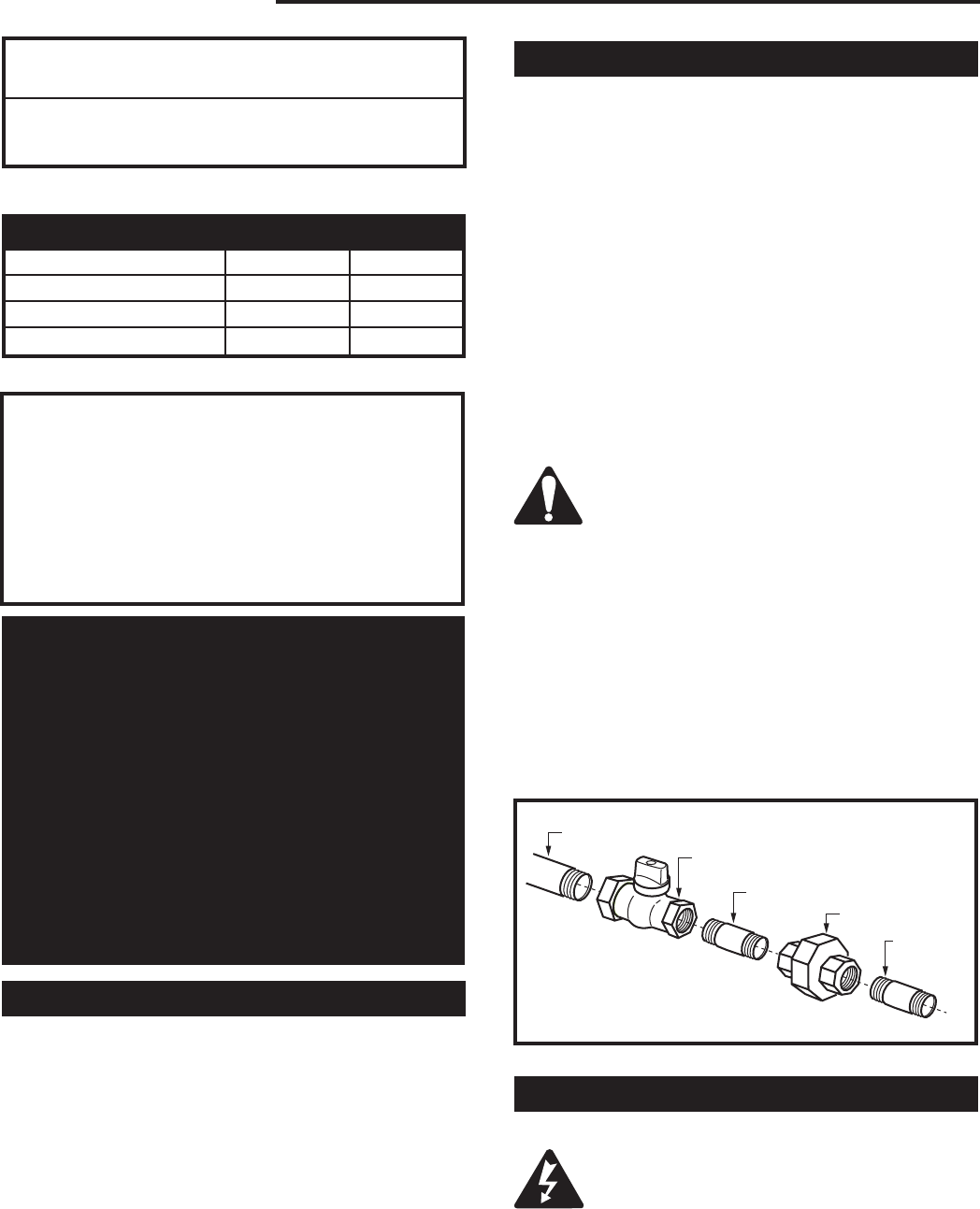
8
UVS33/36 Vent-Free Heaters
20002211
Table 3 Gas supply pressures.
Natural Gas LP
Minimum Inlet Pressure 5.5" w.c. 11.0" w.c.
Maximum Inlet Pressure 14.0" w.c. 14.0" w.c.
Manifold Pressure 3.5" w.c. 10.0" w.c.
Gas Inlet and Manifold Pressures
FP297
INSTA VENT FREE
R MODEL GAS SUPPLY
8/24/96
Fig. 9 Typical gas supply installation.
FP297
1/2" Gas Supply
1/2" x 3/8" Shut Off Valve
3/8" Nipple
3/8" Union
3/8" Nipple
Gas Supply Pressures
This heater must be isolated from the gas supply piping
system by closing its individual manual shut-off valve
during any pressure equal to or less than 1/2 psig (3.45
kPa).
The heater and its individual shut-off valve must be
disconnected from the gas supply piping system during
any pressure testing of that system at test pressures in
excess of 1/2 psig (3.45 kPa).
The installation of your Majestic heater must
conform with local codes, or in the absence
of local codes, with National Fuel Gas Code,
ANSI Z223.1/NFPA 54 — latest edition. (EX
-
CEPTION: Do not derate this appliance for
altitude. Maintain the manifold pressure at
3.5 inches w.c. for Natural Gas and 10 inches
w.c. for LP gas.)
UVS33 / UVS36
Certified To
ANSI Z 21.11.2a-2003
Unvented Room Heaters
Gas Line Connection
If gas piping from the source to the heater location has
not been accomplished, install the required pipe. Con-
sult local codes to assure proper pipe size.
The gas pipeline can be brought in through the right or
left side of the heater, as well as the bottom. Knockouts
are provided at convenient locations to allow for the gas
pipe installation and testing of any gas connection. It is
most convenient to bring the gas line in from the right
side, as this allows fan installation or removal without
disconnecting the gas line.
NOTE: The gas line connection can be made with prop-
er 3/8" copper tubing, 1/2" rigid pipe or an approved flex
connector, then reduced to 3/8" to the heater. Because
some municipalities have some additional local codes, it
is always best to consult your local authority. Consult the
current National Fuel Gas Code, ANSI Z223.1/NFPA 54.
Always check for gas leaks using a 50/50 solu-
tion of liquid soap and water. Apply water/soap
solution with brush only - do not over apply.
NEVER test with an open flame.
The gas control is equipped with a captured screw type
pressure test point, therefore it is not necessary to pro-
vide a 1/8" test point up stream of the control.
When using copper or flex connector use only approved
fittings. When using black iron pipe,
always provide a
union so the gas line can be easily disconnected for
burner or fan servicing. Use shut off valve before union
or flex connector. See gas specification for pressure
details and ratings. NOTE: If flex connector is used, it
must be kept inside of the heater. (Fig. 9)
High Elevations
Input ratings are shown in BTU per hour and are
certified without deration from elevations up to
4,500 feet (1,370m) above sea level.
Nuisance outages may occur at altitudes above
4,500 feet (1,370m) if dirt, dust, lint and/or cob-
webs are allowed to accumulate on burner and/or
ODS pilot. Monthly inspection and cleaning is
recommended for altitudes above 4,500 feet
(1,370m)
For elevations above 4,500 feet (1,370m), instal-
lations must be in accordance with the current
ANSI Z223.1/NFPA 54 and/or local codes having
jurisdiction.
Units: A41A00, A41B00, B41AS0, B41BS0
Electrical Connection
(If fan is used)
When installed, the heater must be electri-
cally connected and grounded in accor-
dance with local codes or, in the absence
of local codes:
U.S. Installations: Follow local codes and the National
Electrical Code, ANSI/NFPA No. 70.



